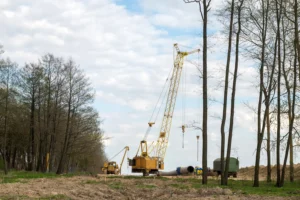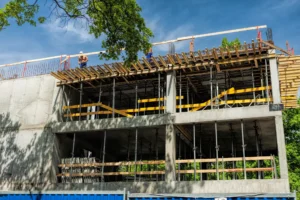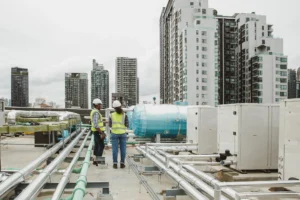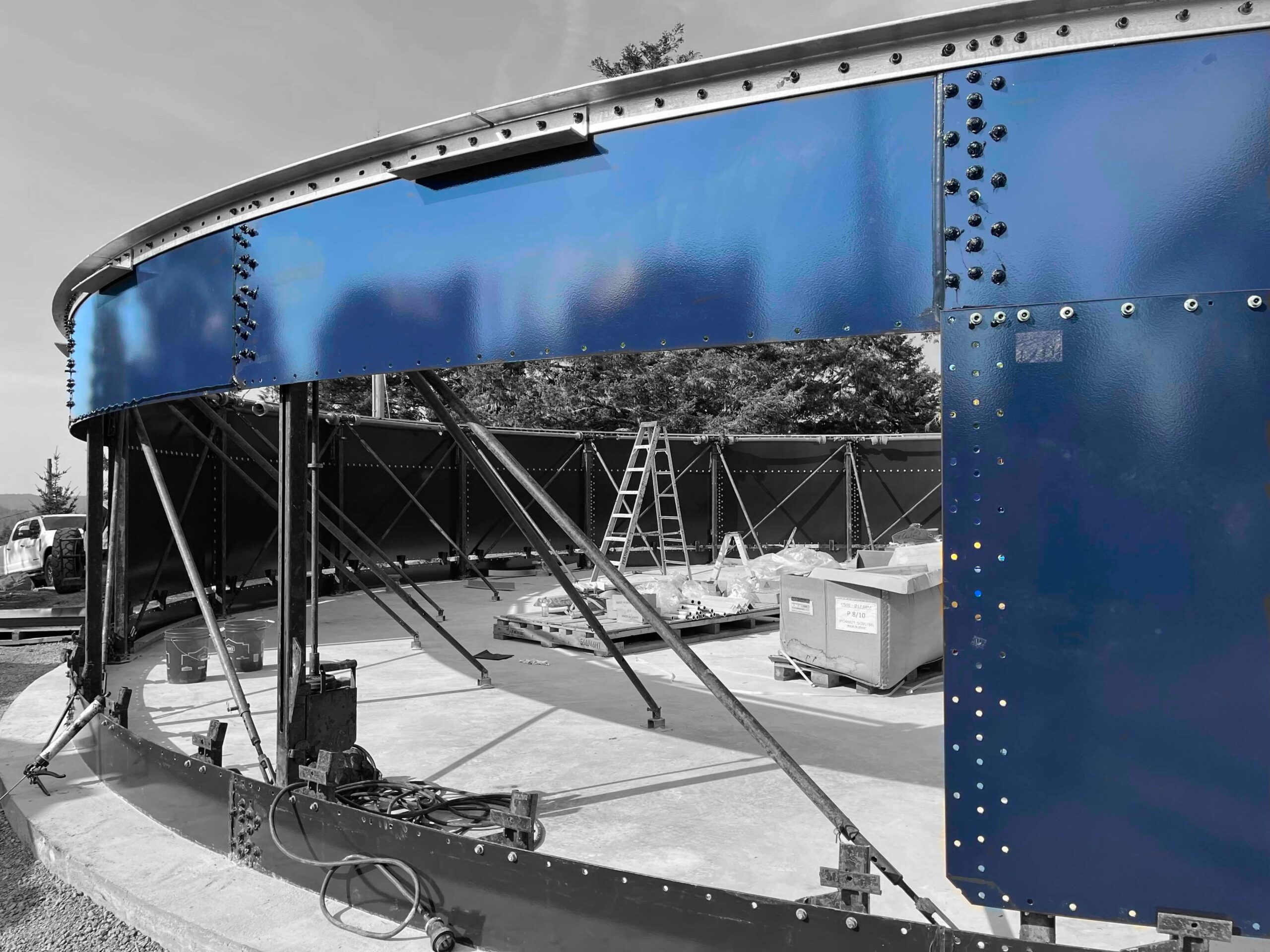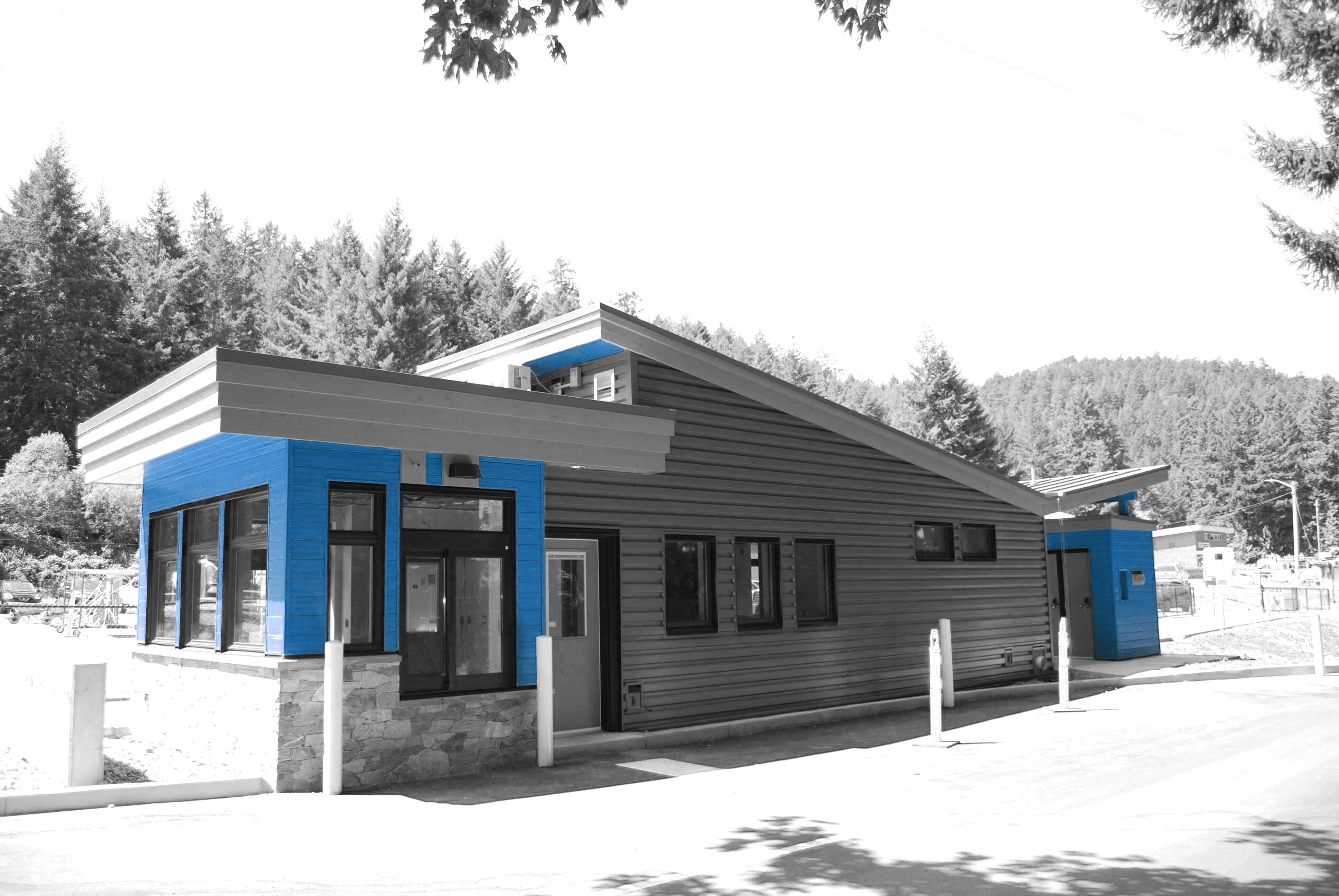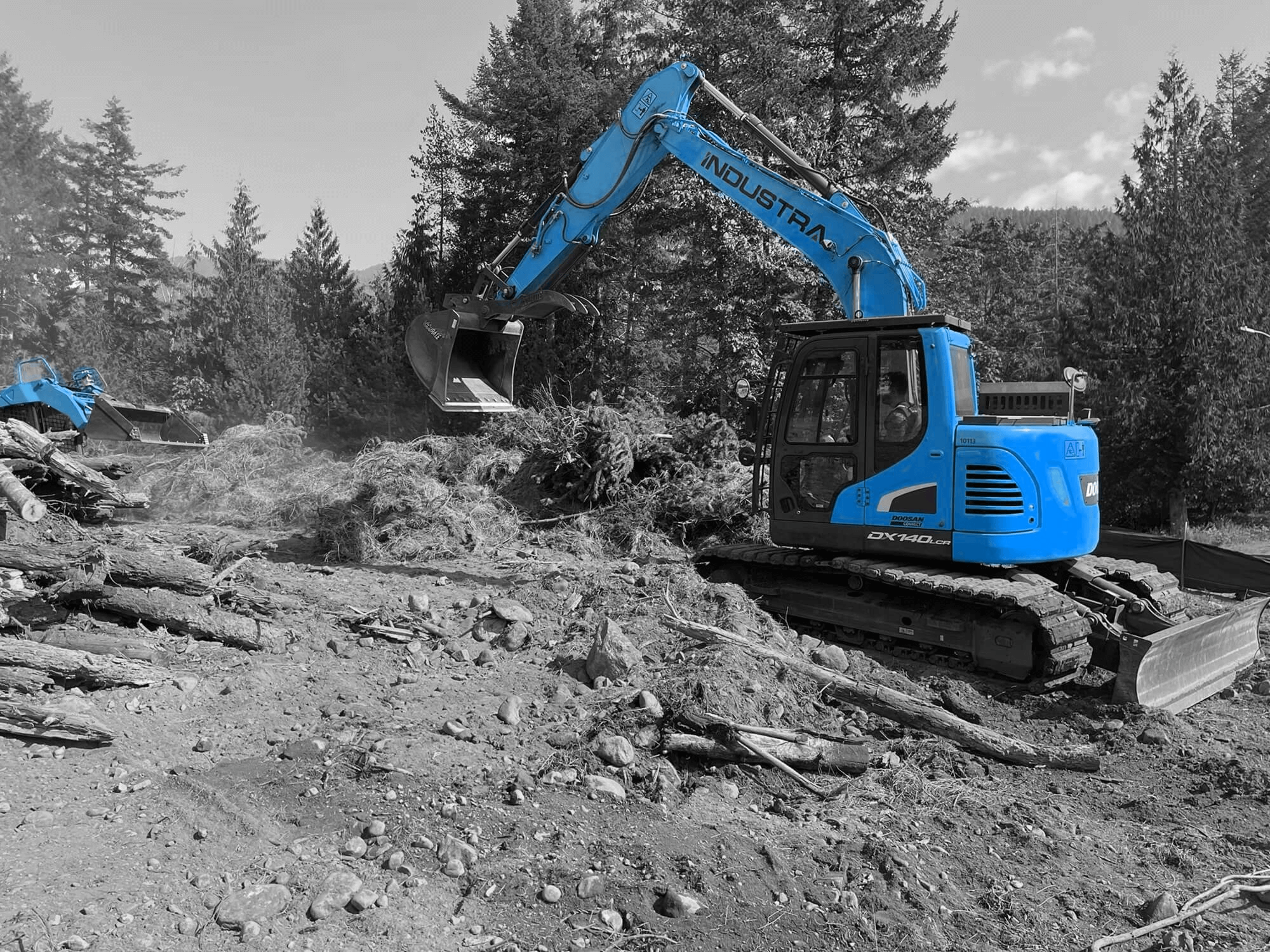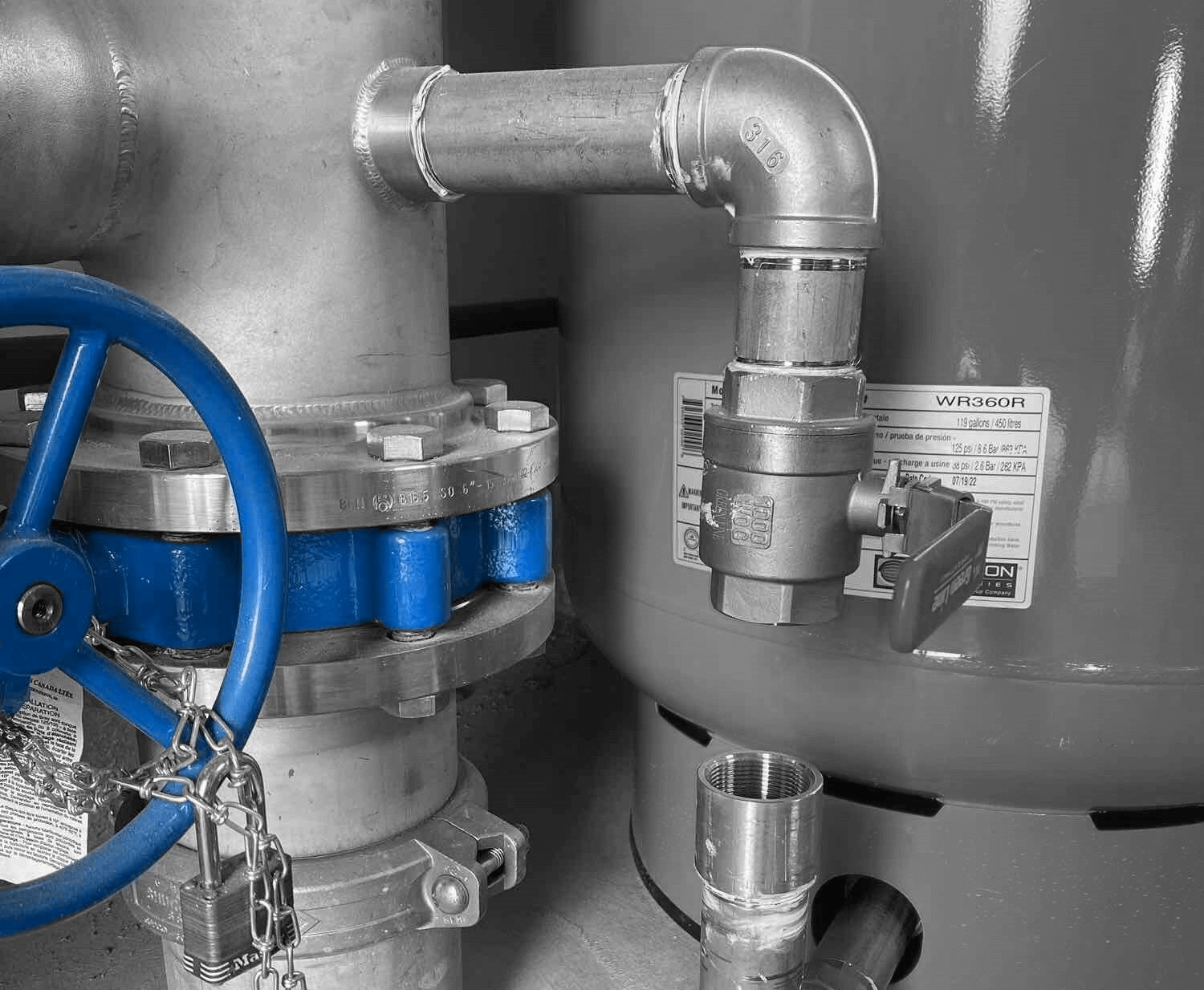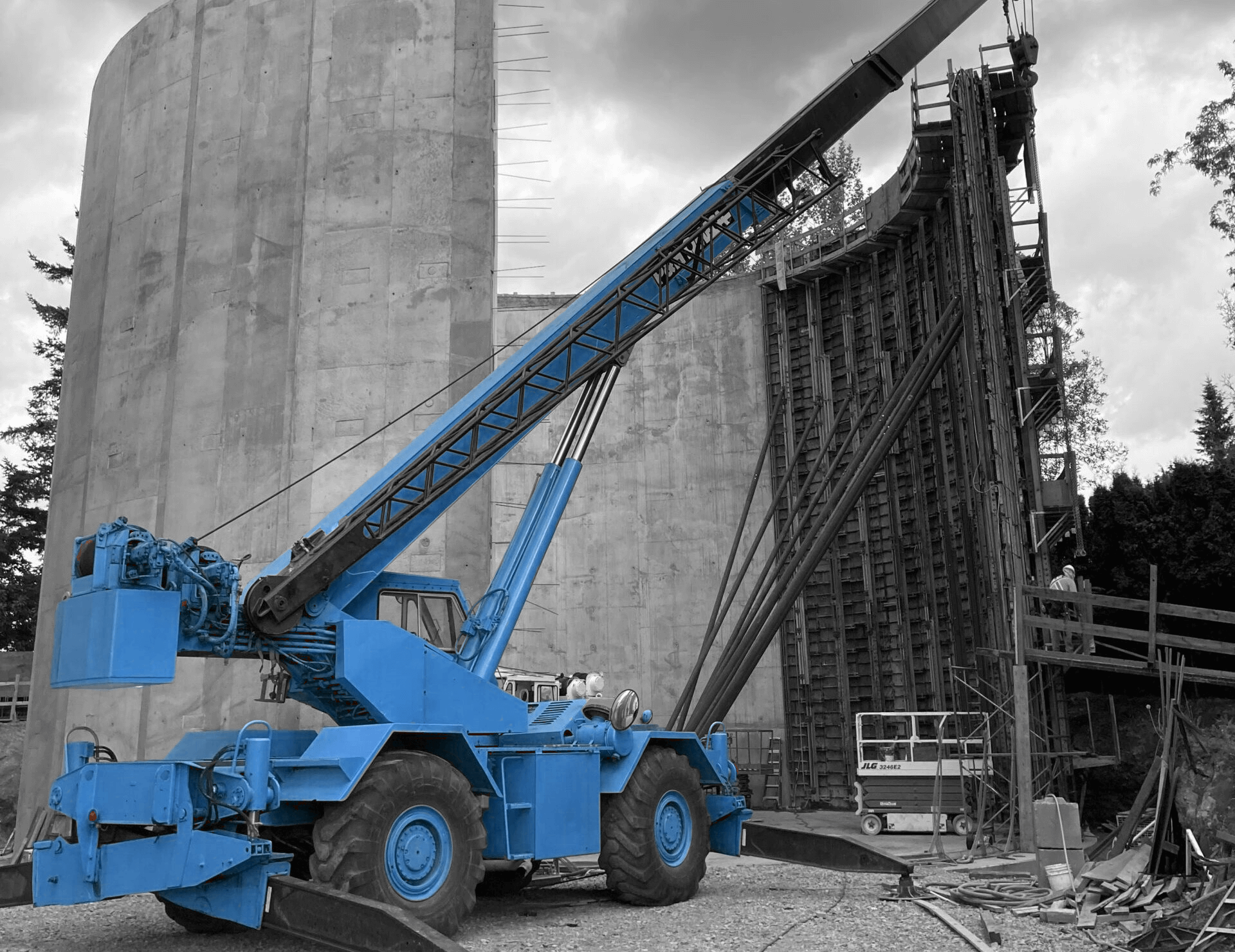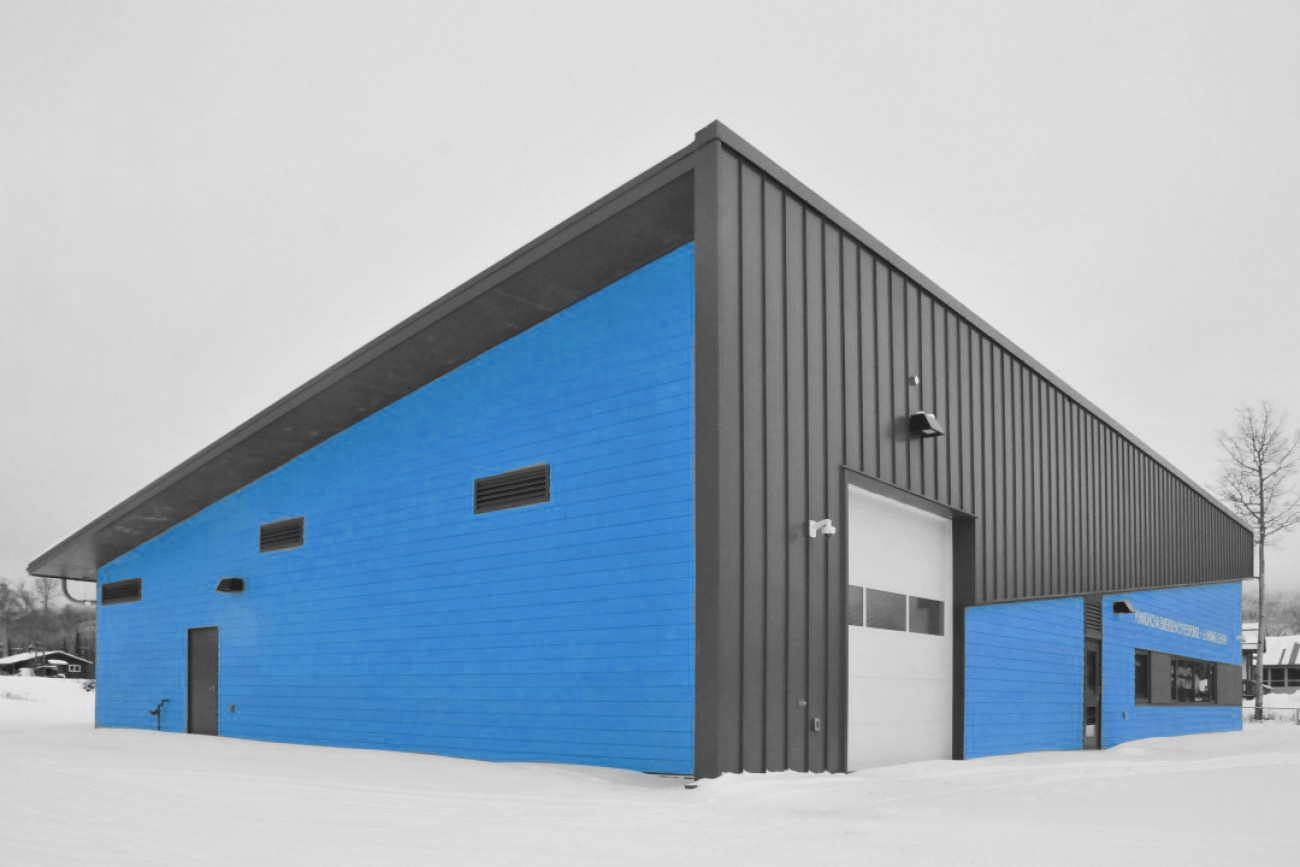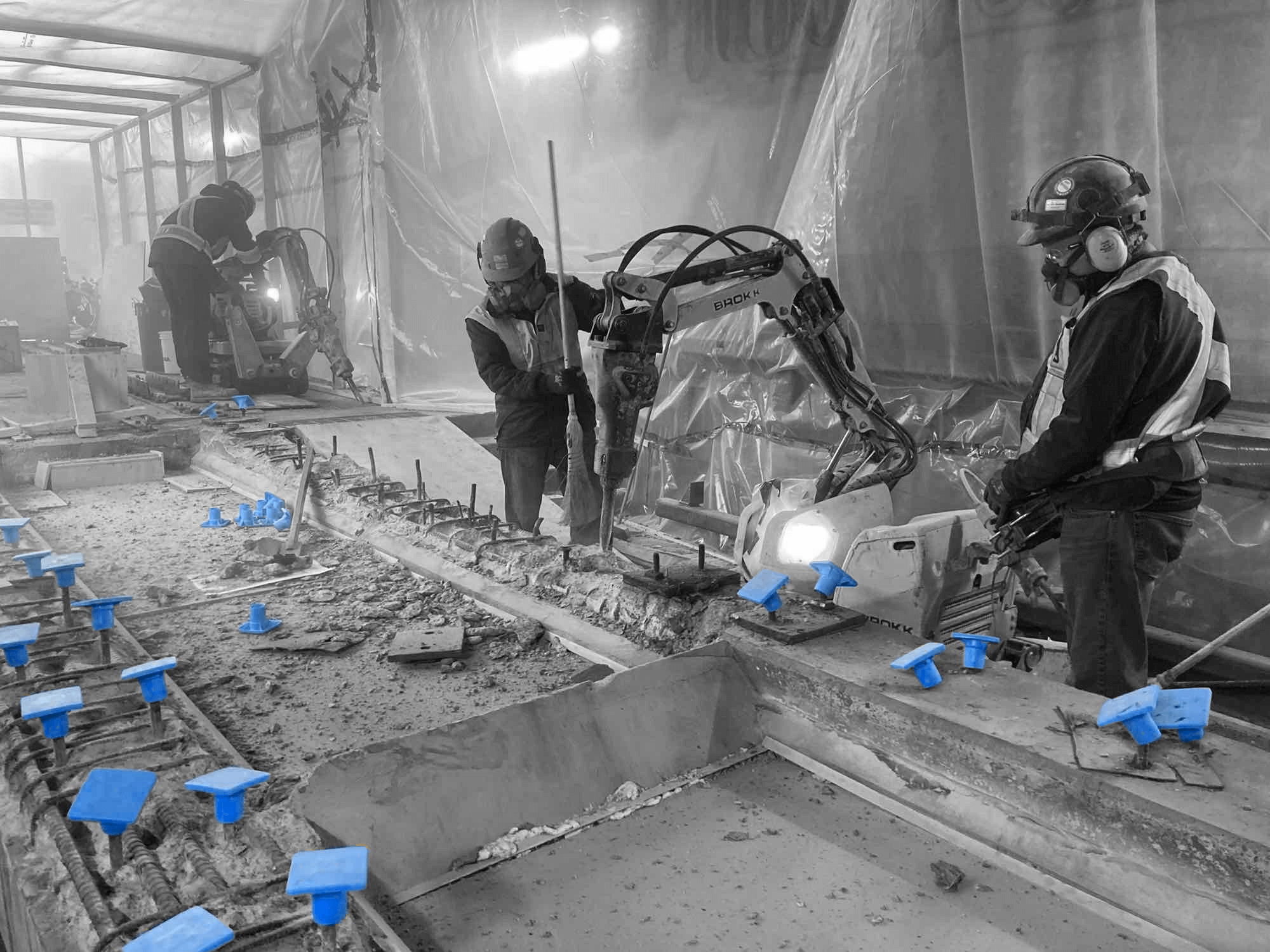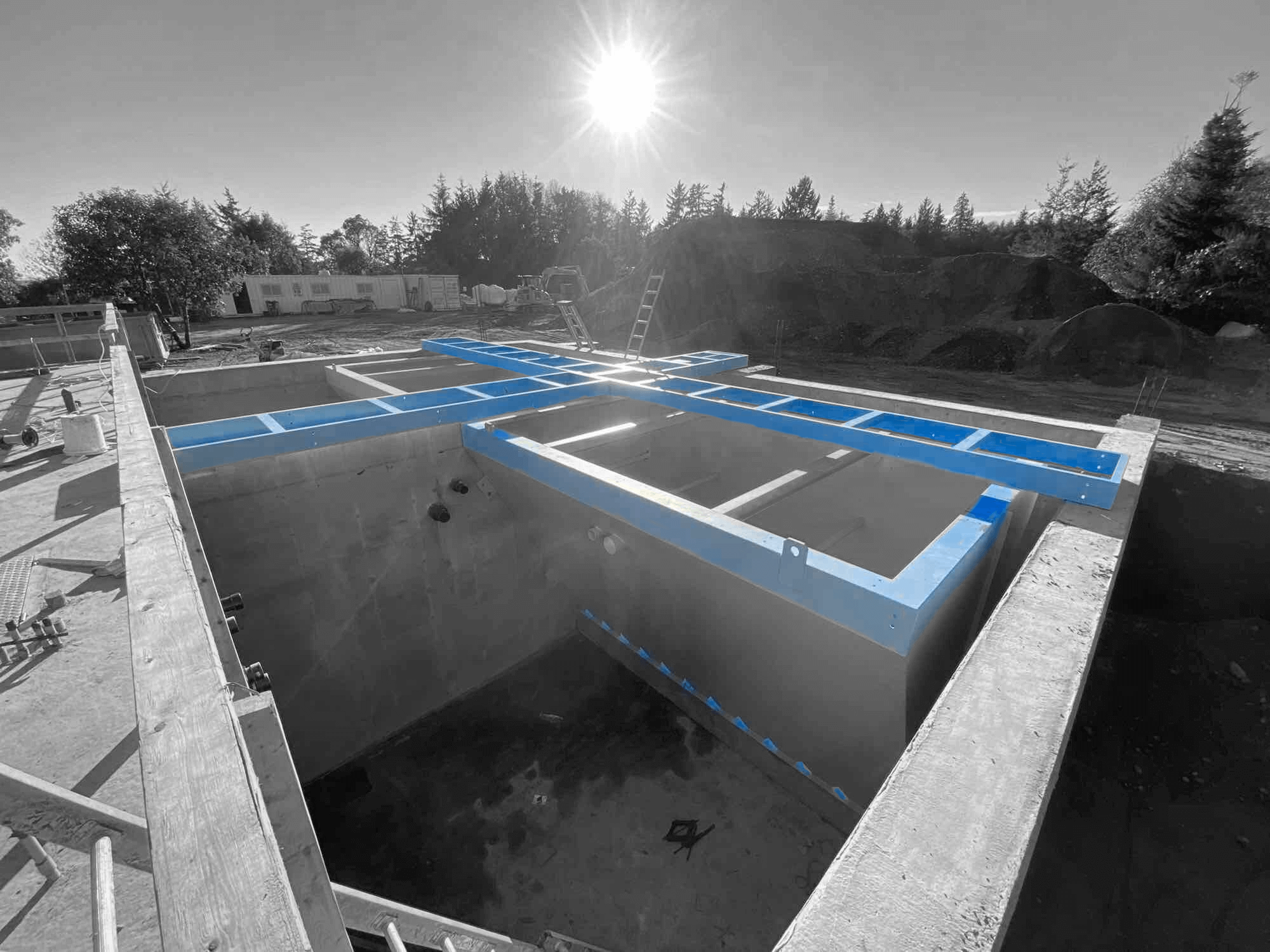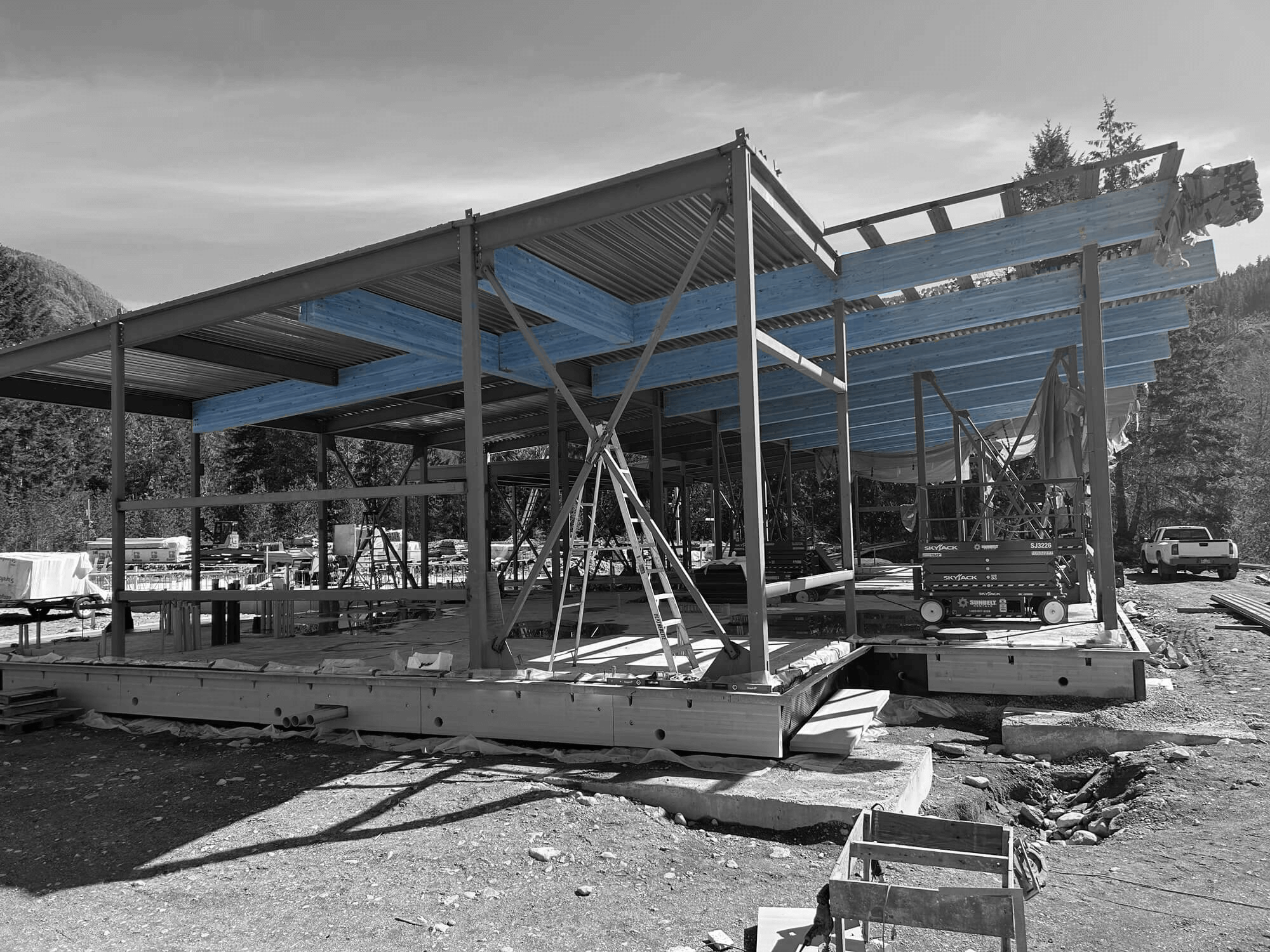EPC design-build is a method that is transforming the way we construct roads. EPC stands for Engineering, Procurement, and Construction. In this approach, a single contractor handles the entire project. Everything is managed under one roof, from design to materials procurement to building.
This method streamlines the process and ensures the project runs smoothly and efficiently. Understanding how it works and its benefits can help make informed decisions for future projects.
What is EPC Design-Build and How Does It Work for Road Construction?
EPC design-build is a method in which a single contractor manages engineering, procurement, and construction. This approach integrates all project phases, from initial design to final construction, under one entity’s control, ensuring consistency and efficiency throughout the project.
In road construction, the EPC design-build begins with the engineering phase. This involves detailed planning and design, considering terrain, traffic patterns, and environmental impact. Next is procurement, where necessary materials and equipment are sourced. The contractor handles all purchasing, ensuring quality and compatibility with the project design.
The final phase is construction. With all plans and materials ready, the contractor begins building the road. This phase includes grading the land, laying the road foundation, and applying the final surface. The single-contractor approach ensures smooth transitions and effective communication, reducing delays and conflicts.
This method is particularly beneficial for road construction, allowing for faster decision-making. The integrated team can quickly address any issues, ensuring the project stays on track. By managing all aspects of the project, the EPC design-build approach delivers high-quality roads in a timely and efficient manner.
Key Benefits of Using EPC Design-Build for Roads
The EPC design-build approach offers several key benefits for road construction. One of the most significant advantages is time efficiency. By having one contractor manage the entire project, decisions are made faster, and construction progresses more smoothly. This method helps to complete road projects quicker than traditional methods.
Cost savings are another essential benefit. The streamlined process reduces administrative overhead and operational expenses. With the contractor handling both design and construction, there are fewer miscommunications and errors, which results in fewer costly delays and modifications. Furthermore, having a single point of responsibility helps keep the project within budget.
Quality control is enhanced in an EPC design-build project. The contractor is accountable for the design and construction phases, leading to consistent quality. Issues can be resolved promptly, ensuring the final road meets high standards. The integrated team approach fosters better collaboration, producing a higher-quality finished product.
Lastly, EPC design-build projects tend to have better risk management. Having one contractor responsible for the entire project minimizes risks associated with miscommunication and coordination issues. The unified team can quickly adapt to changes or unforeseen challenges, ensuring the project moves forward without significant disruptions. This method creates a more predictable and controlled project environment.
Steps Involved in an EPC Design-Build Road Project
1. Initial Planning and Design: The first step is to plan and design the road. Engineers assess the site, study traffic patterns, and consider environmental impacts. They then create detailed blueprints and specifications for the project.
2. Procurement: Next, materials and equipment needed for the project are sourced. The contractor selects the most suitable materials to meet the project requirements. This phase involves negotiating with suppliers and securing the necessary resources.
3. Construction: The construction phase begins with the design and materials ready. This includes clearing the site, grading, laying the foundation, and building the road structure. The contractor oversees the entire process, ensuring it runs smoothly and according to plan.
4. Quality Control and Inspection: Throughout the project, ongoing quality checks ensure that the work meets the required standards and specifications. Any issues are addressed promptly to maintain the project’s integrity.
5. Completion and Handover: Once the road is built, a final inspection is done. If everything meets the standards, the project is handed over for use. The contractor provides documentation and support for future maintenance needs.
Addressing Common Challenges in EPC Design-Build Road Projects
EPC design-build projects can face several challenges, but effective strategies can address these issues. One common challenge is miscommunication. With so many moving parts, clear communication is crucial. Regular meetings and updates help keep everyone on the same page.
Another challenge is project delays. Weather conditions and unexpected site issues can cause setbacks. To manage this, having a flexible schedule and contingency plans is essential. This allows the project to adapt to changes without significant delays.
Cost overruns are also a potential issue. Transparent budgeting and expense monitoring help keep the project within budget. Using reliable suppliers and managing resources efficiently can reduce unexpected costs.
Quality control is essential to prevent issues down the line. Regular inspections and adherence to standards ensure the road is built to last. Addressing any problems quickly helps maintain the project’s quality.
Environmental concerns can also arise during road construction. To mitigate this, the project should follow ecological regulations and adopt sustainable practices, such as minimizing waste and protecting local ecosystems.
EPC design-build projects can achieve successful outcomes by anticipating these challenges and implementing practical solutions.
Conclusion
EPC design-build is a powerful method for road construction. Building better roads is essential for our infrastructure. They allow for smoother traffic flow, safer travel, and enhanced connectivity. Understanding the EPC design-build approach can help stakeholders make informed decisions, leading to successful road projects that stand the test of time.
For your next road project, consider the advantages of the EPC design-build method. This approach ensures high-quality roads delivered on time and within budget. By adopting this method, you can achieve better results and contribute to improved infrastructure in your community.
Interested in learning more about how EPC design-build can improve your road projects? Contact Industra Construction Corp. today to discuss your needs and how our EPC contractors can help make your vision a reality.




